Stories Category: PICU

Risk Stratification Using Oxygenation in the First 24 Hours of Pediatric ARDS
Oxygenation measured 24 hours after acute respiratory distress syndrome onset more accurately stratifies risk, relative to oxygenation at onset, in both children and adults. However, waiting 24 hours is problematic, especially... read more

Expanding the Differential for Hypotension in the Pediatric Patient
As many ED practitioners are aware, food allergies are common in the first 2 years of life, with a prevalence cited between 1-10% of the population. Most food allergies are IgE-mediated hypersensitivity reactions. Food protein-induced... read more
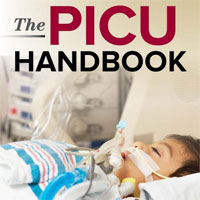
The PICU Handbook
The PICU Handbook is a unique, portable compilation of the information essential for residents and fellows to successfully navigate the modern Level 1 and Level 2 pediatric intensive care unit (PICU). Enhanced by numerous... read more

Evaluating the Need for Pediatric Procedural Sedation Training in Pediatric Critical Care Medicine Fellowship
Pediatric procedural sedation lacks a clearly defined training pathway. Most fellows find pediatric procedural sedation a valuable skill set. We propose that all Pediatric Critical Care Medicine fellows receive training that... read more
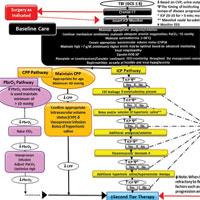
Management of Pediatric Severe Traumatic Brain Injury
This article provides an algorithm of clinical practice for the bedside practitioner based on the available evidence, treatment protocols described in the articles included in the 2019 guidelines, and consensus that reflects... read more

Tranexamic Acid For Isolated Penetrating Head Trauma
An aeromedical crew was dispatched to a local emergency department to transport a fourteen year-old female with self-inflicted gunshot wound to the head to a tertiary pediatric trauma hospital. The patient was previously... read more
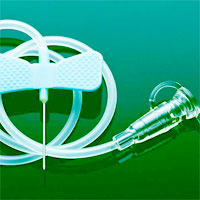
Choice of Catheter Size for Infants in Continuous Renal Replacement Therapy
Small size central vascular catheters display optimal rheologic performances in terms of pressures and flows particularly when the renal replacement therapy (RRT) device is equipped with pumps proportional to central vascular... read more
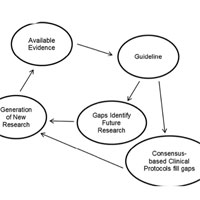
Guidelines for the Management of Pediatric Severe Traumatic Brain Injury
Update of the Brain Trauma Foundation Guidelines, Third Edition. Severe Traumatic Brain Injury in Infants, Children, and Adolescents in 2019: Some Overdue Progress, Many Remaining Questions, and Exciting Ongoing Work in the... read more

RBC Transfusions Are Associated With Prolonged Mechanical Ventilation in Pediatric ARDS
RBC transfusion was independently associated with longer duration of mechanical ventilation in pediatric acute respiratory distress syndrome. Hemoglobin transfusion thresholds should be tested specifically within pediatric... read more
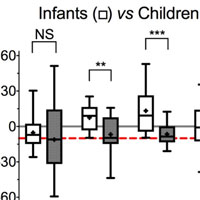
Muscle Atrophy in Mechanically-ventilated Critically Ill Children
In children receiving invasive mechanical ventilation, diaphragm and other skeletal muscle atrophy is common and rapid. Increasing age and TBI may increase severity of limb muscle atrophy. Prospective studies are required... read more
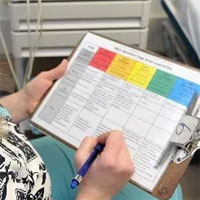
Design and Implementation of a Pediatric ICU Acuity Scoring Tool as Clinical Decision Support
Pediatric in-hospital cardiac arrest most commonly occurs in the pediatric intensive care unit (PICU) and is frequently preceded by early warning signs of clinical deterioration. In this study, we describe the implementation... read more

Fluid Management in Acute Respiratory Distress Syndrome
In this video, Dr. Stacey Valentine discusses fluid management in acute respiratory distress syndrome (ARDS), including the evidence supporting fluid-restrictive strategies. Both acute lung injury and its more severe form,... read more
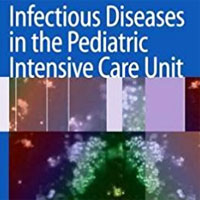
Infectious Diseases in the Pediatric ICU
Infants and children are at high risk of acquiring infections and this is most critical on the pediatric intensive care unit, as these infections have serious effects on mortality. Infectious Diseases in the Pediatric Intensive... read more

Adherence of Newborn-Specific Antibiotic Stewardship Programs to CDC Recommendations
Significant gaps exist between CDC recommendations to improve antibiotic use and antibiotic practices during the newborn period. There is wide variation in point prevalence AURs. Three-quarters of infants who received antibiotics... read more








